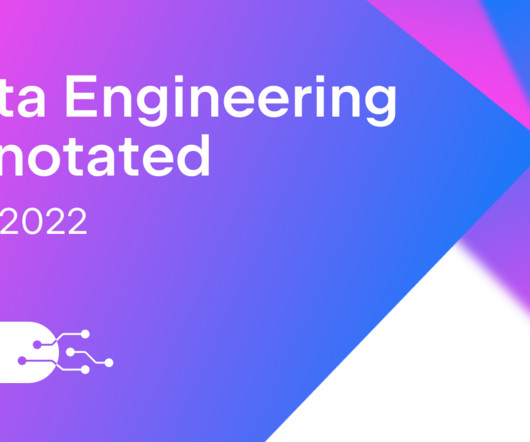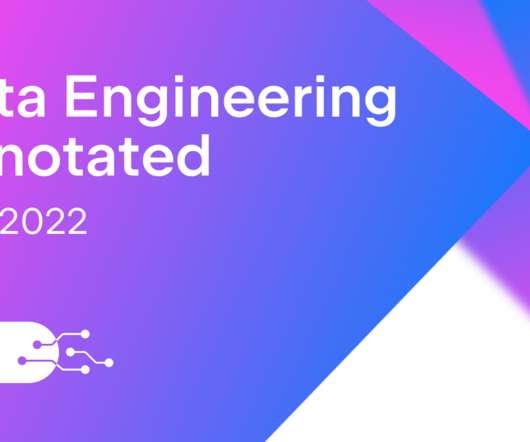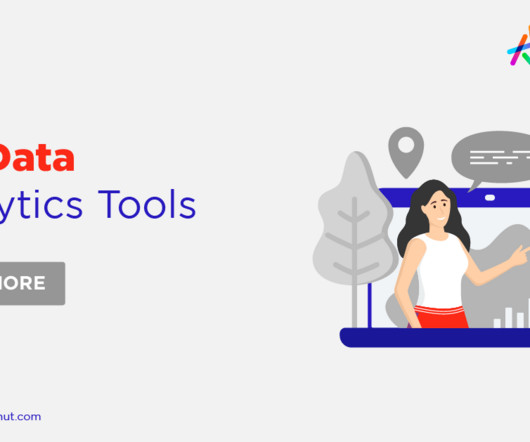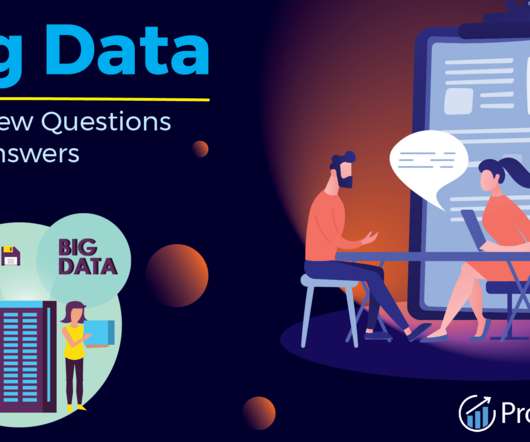How to Become a Big Data Engineer in 2025
ProjectPro
JUNE 6, 2025
Becoming a Big Data Engineer - The Next Steps Big Data Engineer - The Market Demand An organization’s data science capabilities require data warehousing and mining, modeling, data infrastructure, and metadata management. Most of these are performed by Data Engineers.





















Let's personalize your content